Subscribe to our YouTube channel for the latest videos, updates, and tips.
Home | About Us | Contact Us | Privacy | Math Blog
Problems on Cumulative-Frequency Curve
We will discuss here some of the problems on frequency polygon.
1. The monthly salaries of 55 workers of a factory are displayed in the following ogive.
Answer the following.
(i) How many workers have a monthly salary under $ 4000?
(ii) How many workers have a monthly salary more than or equal to $ 8000 but less than $ 10000?
(iii) Construct the frequency distribution table of the salaries of 55 workers.
Solution:
(i) 35. {Since the point on the ogive has the coordinates (4000, 35) corresponding to the point representing 4000 on the monthly salary axis.}
(ii) 10 (i.e., 55 – 45). {Since, according to the ogive, 55 workers have a salary less than $ 10000 and 45 workers have a salary less than $ 8000.}
(iii)
Monthly
Salary (in $)
Under
2000
Under
4000
Under
6000
Under
8000
Under
10000
Cumulative Frequency
(Number of Workers)
10
35
40
45
55
Therefore, the frequency distribution table of the salaries of 55 workers will be as below.
Monthly
Salary (in $)
0 - 2000
2000 - 4000
4000 - 6000
6000 - 8000
8000 - 10000
Number of Workers
10
25
5
5
10
2. Construct an ogive for the following distribution.
Solution:
Here, the distribution is not continuous. Changing the intervals to overlapping intervals, we get the following cumulative-frequency table.
Hours of Study in a day
Number of Students
(Frequency)
Cumulative Frequency
-0.5 - 3.5
10
10
3.5 - 7.5
25
35
(= 10 + 25)
7.5 - 11.5
15
50
(= 10 + 25 + 15)
11.5 - 15.5
5
55
(= 10 + 25 + 15 + 5)
15.5 - 19.5
1
56
(= 10 + 25 + 15 + 5 + 1)
Taking the upper limit of an interval and its corresponding cumulative frequency as x- and y-coordinates respectively, plot the points (3.5, 10)), (7.5, 35), (11.5, 50), (15.5, 55) and (19.5, 56).
Scale: On the x-axis, 1 cm = 4 hours.
On the y-axis, 1 mm = 1 student
From Problems on Cumulative -Frequency Curve
Didn't find what you were looking for? Or want to know more information about Math Only Math. Use this Google Search to find what you need.
Recent Articles
-
5th Grade Circle Worksheet | Free Worksheet with Answer |Practice Math
Jul 11, 25 02:14 PM
In 5th Grade Circle Worksheet you will get different types of questions on parts of a circle, relation between radius and diameter, interior of a circle, exterior of a circle and construction of circl… -
Construction of a Circle | Working Rules | Step-by-step Explanation |
Jul 09, 25 01:29 AM
Construction of a Circle when the length of its Radius is given. Working Rules | Step I: Open the compass such that its pointer be put on initial point (i.e. O) of ruler / scale and the pencil-end be… -
Combination of Addition and Subtraction | Mixed Addition & Subtraction
Jul 08, 25 02:32 PM
We will discuss here about the combination of addition and subtraction. The rules which can be used to solve the sums involving addition (+) and subtraction (-) together are: I: First add -
Addition & Subtraction Together |Combination of addition & subtraction
Jul 08, 25 02:23 PM
We will solve the different types of problems involving addition and subtraction together. To show the problem involving both addition and subtraction, we first group all the numbers with ‘+’ and… -
5th Grade Circle | Radius, Interior and Exterior of a Circle|Worksheet
Jul 08, 25 09:55 AM
A circle is the set of all those point in a plane whose distance from a fixed point remains constant. The fixed point is called the centre of the circle and the constant distance is known
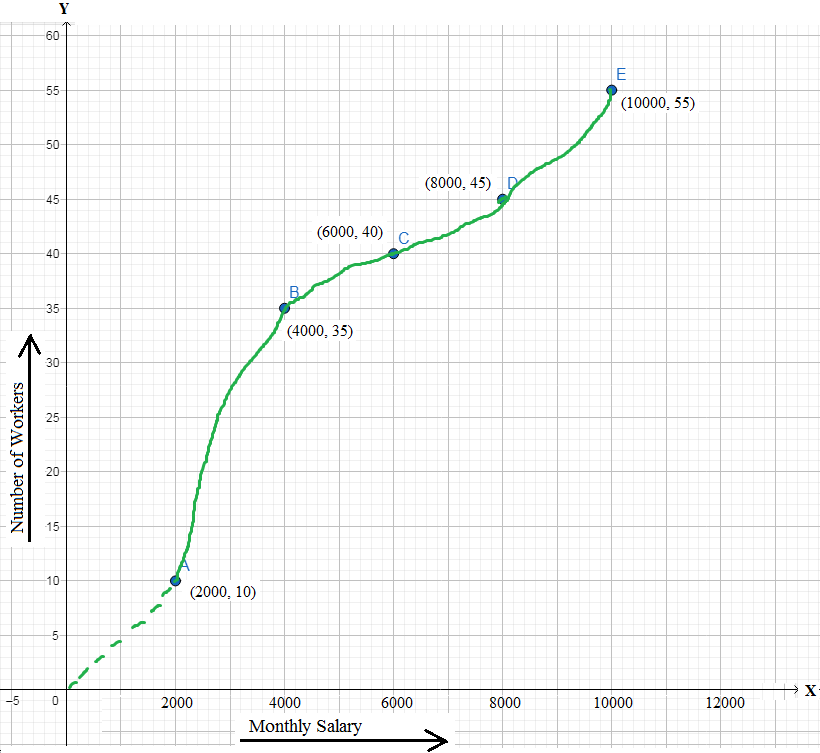
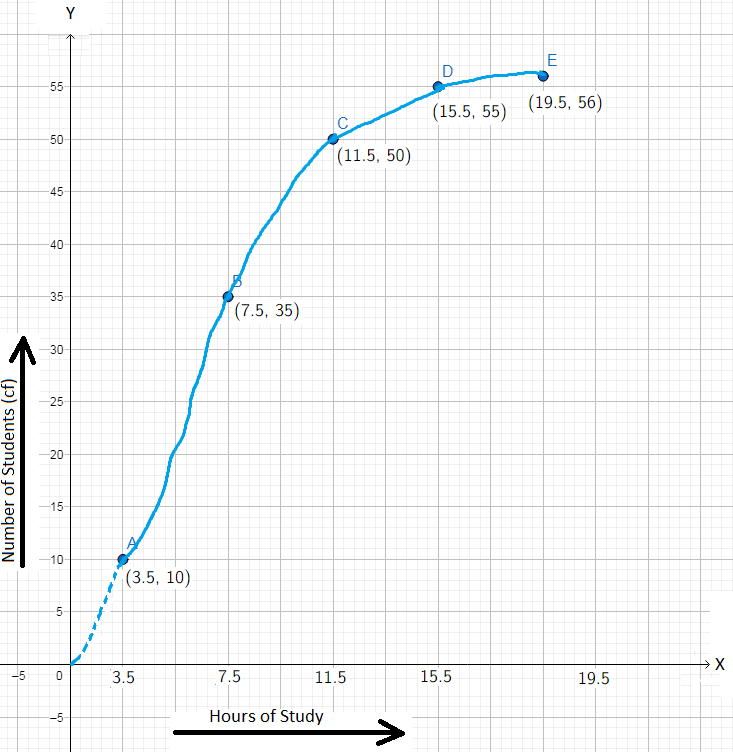



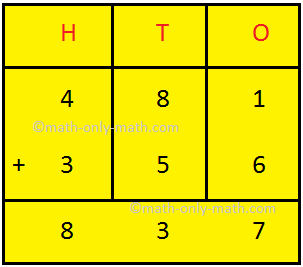
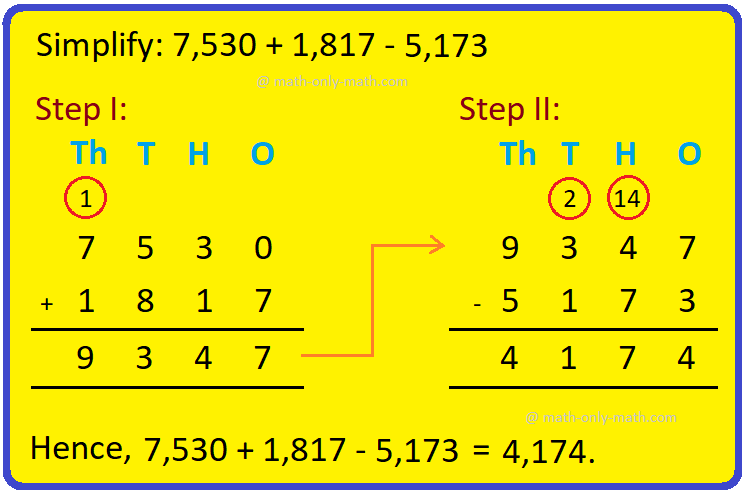
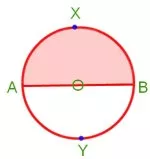
New! Comments
Have your say about what you just read! Leave me a comment in the box below. Ask a Question or Answer a Question.